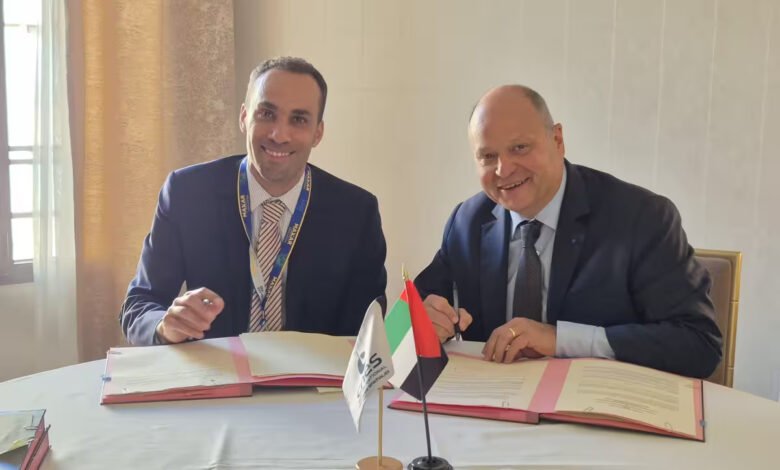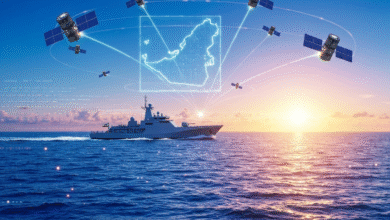UAE and France Forge Space Alliance Ahead of Rashid Rover 2 Launch

▼ Summary
– The French space agency CNES will provide two cameras and a CASPEX module for the Rashid Rover 2 mission, enhancing its imaging and scientific capabilities.
– CNES hosted the rover’s teams in Toulouse for Thermal Vacuum testing to simulate lunar conditions and ensure operational readiness.
– MBRSC and CNES formalized their partnership through a Memorandum of Understanding signed during the World Space Business Week in Paris.
– Firefly Aerospace will supply the lunar lander to deploy Rashid Rover 2 to the far side of the Moon, targeting a 2026 launch.
– The rover will conduct experiments on material adhesion, study lunar geology and plasma, and test technologies for future missions.
The United Arab Emirates and France are strengthening their collaboration in space exploration through a new partnership focused on the upcoming Emirates Lunar Mission. This alliance between the Mohammed Bin Rashid Space Centre (MBRSC) and France’s National Centre for Space Studies (CNES) will support the Rashid Rover 2, scheduled for a lunar landing in 2026. Building on the foundation laid by the first Rashid Rover mission, this enhanced cooperation aims to significantly boost the scientific and technological scope of the Emirates’ lunar ambitions.
A Memorandum of Understanding formalizing the expanded partnership was signed in Paris during the World Space Business Week. The agreement was endorsed by H.E. Salem Humaid AlMarri, Director General of MBRSC, and Lionel Suchet, Executive Vice-President of CNES. This document cements a relationship that now includes not only shared expertise but also critical hardware contributions for the upcoming mission.
Under the terms of the new agreement, CNES will supply two high-performance cameras and a CASPEX module for integration into the Rashid Rover 2. These instruments, which have proven their reliability in earlier space missions, are designed to capture high-resolution imagery essential for the rover’s scientific investigations on the Moon. French specialists will also assist with image processing, ensuring the highest data quality to support advanced lunar research.
Beyond equipment provision, CNES recently hosted MBRSC engineering teams in Toulouse, where the Rashid Rover 2 underwent rigorous Thermal Vacuum (TVAC) testing. These trials simulated the extreme conditions of the lunar environment, verifying that the rover and its systems can perform reliably amid the Moon’s intense temperature swings and airless vacuum.
In a parallel development, MBRSC has partnered with Texas-based Firefly Aerospace, which will supply the lunar lander responsible for delivering the Rashid Rover 2 to the far side of the Moon. The signing of this strategic agreement was witnessed earlier this year by H.H. Sheikh Hamdan bin Mohammed bin Rashid Al Maktoum, Crown Prince of Dubai and President of MBRSC.
The mission aims to achieve several ambitious scientific goals, chief among them demonstrating mobility on the Moon’s challenging far side. This region presents unique difficulties due to its rough topography and limited communication windows, making the mission a notable milestone in lunar exploration.
One key experiment will examine material adhesion by fitting the rover’s wheels with various substances to test their resistance to abrasive lunar dust. Findings from this study will inform the design of future mission hardware, including spacesuits, surface habitats, and other critical infrastructure.
Rashid Rover 2 will carry a suite of advanced instruments to analyze the lunar plasma environment, geological features, and thermal properties. It will gather data on soil composition, temperature fluctuations, and the photoelectron sheath, contributing valuable insights for in-situ resource utilization and deeper space exploration. An onboard radio transmitter will facilitate communication with other payloads, extending the mission’s scientific capabilities.
The Emirates Lunar Mission receives funding from the ICT Fund of the Telecommunications and Digital Government Regulatory Authority (TDRA), which supports research and development within the UAE’s information and communication technology sector.
(Source: Economy Middle East)

